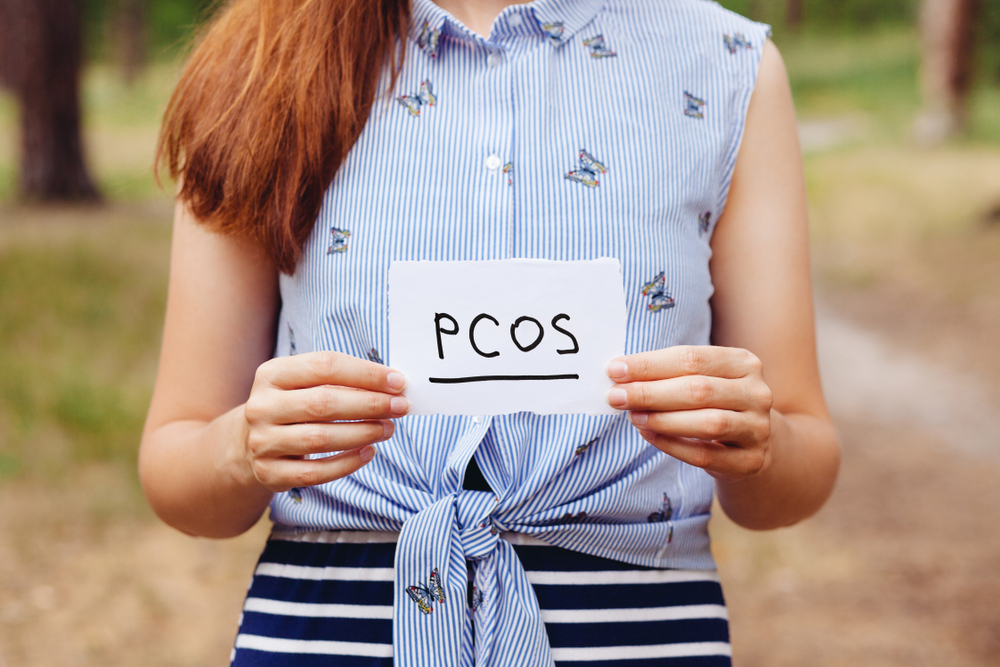Seeing your healthcare provider for more tests is nothing to panic about if you think you have PCOS. More tests are necessary to determine if you have the condition and rule out other conditions, which in turn allows your healthcare provider to prescribe the proper treatment. If you are wondering how to check PCOS in blood test, here are some tips to keep in mind. You should have your doctor order more blood tests to confirm your diagnosis.
Symptoms
If you suspect you may have PCOS, your healthcare provider can check for signs of the disorder with a PCOS blood test. The doctor will look for signs of excess androgen levels, including weight changes, irregular periods, and acne. The healthcare provider may also perform a pelvic exam to detect any cysts. If you notice any of these symptoms, you should schedule an appointment with a doctor.
Although the symptoms of PCOS usually begin shortly after puberty, they may appear later in life. Some women are not able to conceive until their mid-30s, while others may not experience any symptoms at all. The symptoms of PCOS can cause other complications, including cardiovascular disease, high cholesterol, increased uterine lining thickness, and high blood pressure. Those suffering from PCOS also have an increased risk of miscarriage, preterm delivery, and preeclampsia.
Tests
Polycystic ovary syndrome, or PCOS, is a hormonal disorder that affects the ovaries. It is characterized by high levels of androgen, which are the male hormones, and low levels of progesterone, which are the female hormones. The resulting imbalance prevents the ovaries from functioning properly, causing missed or irregular periods. Understanding the symptoms and testing for PCOS are important for detecting the condition. The following articles will give you the details about what to expect during your PCOS blood test.
PCOS symptoms may look like those of other conditions, such as thyroid disease, tumors of the ovaries, and adrenal glands. Blood tests will help the doctor rule out these other conditions. The tests will be tailored to your particular symptoms. Once your doctor has determined that you have PCOS, he or she can perform other tests to rule out other causes of your symptoms. If you are taking birth control pills, you may need a different blood test if you suspect you have the disorder.
Treatments
A polycystic ovary syndrome blood test is used to determine whether a woman has the disease. This test measures blood sugar levels and shows average levels over the last two or three months. It is also used to diagnose diabetes, prediabetes, and PCOS. If the levels of male hormones in a woman’s blood are high, she may have the disease. For this reason, it is very important to schedule a blood test as soon as possible.
A complete PCOS health check-up blood test is a comprehensive package of tests that will reveal the condition. It contains 65 test parameters and can give you information about your body’s overall health. Other tests can help to rule out other causes of PCOS, including thyroid disease, tumors of the adrenal glands, and even hypothyroidism, where the thyroid gland does not produce enough thyroid hormone. These tests can also reveal high cholesterol levels and elevated blood sugar levels. Additionally, a pelvic ultrasound can help detect ovarian cysts in women taking birth control pills.
Cost
There are many tests that are used to determine whether you have PCOS. The full name of this disease is Polycystic Ovarian Disease or PCOS. A PCOD blood test includes insulin and hormone tests. You will have to fast for at least 10 hours for this blood test. The lab will perform a CAP test as well. The cost of a PCOS blood test depends on the type of test you are having.
PCOS is a disorder that affects around six percent of women of reproductive age. Patients suffering from the condition face increased risks of infertility, diabetes, hirsutism, and cardiovascular disease. In 2004, healthcare costs for PCOS were estimated at $4 billion annually in the U.S. alone. This cost does not include associated morbidities, such as cardiovascular disease and type 2 diabetes, which may occur years later.
Read More: Benefits of Botox Treatment
